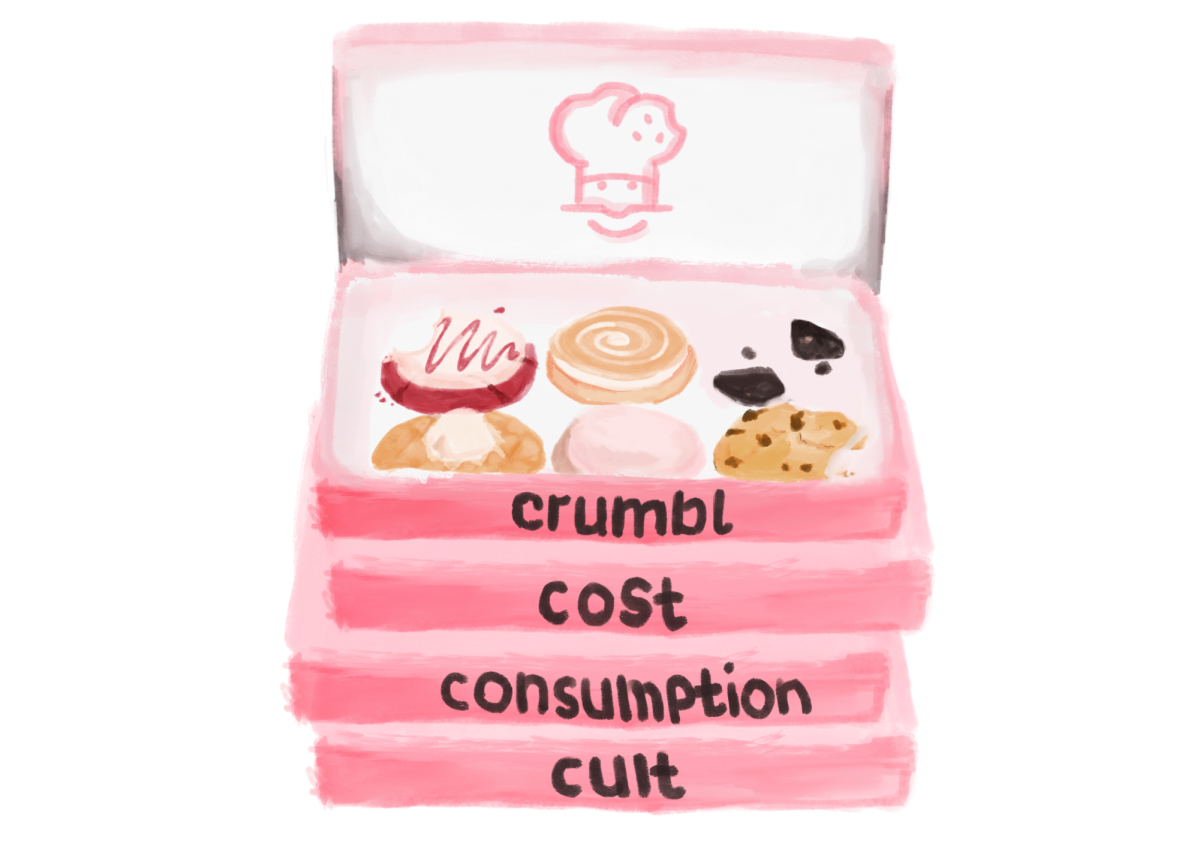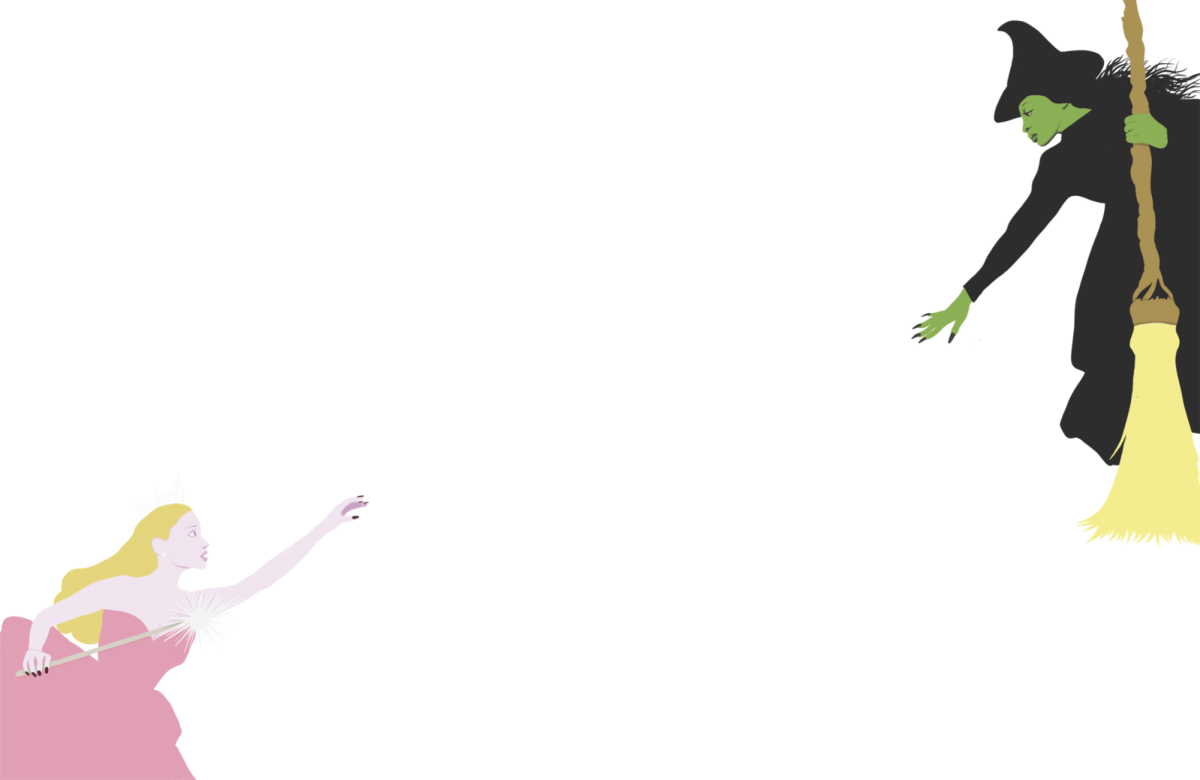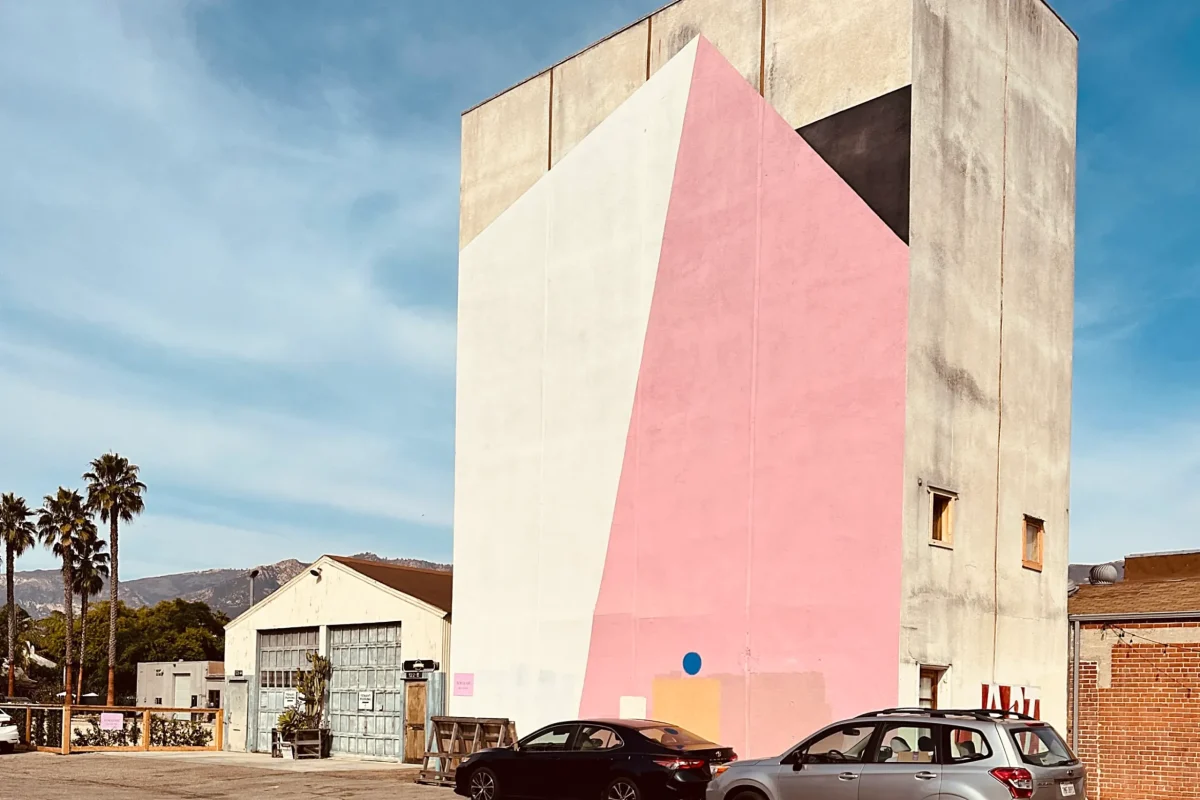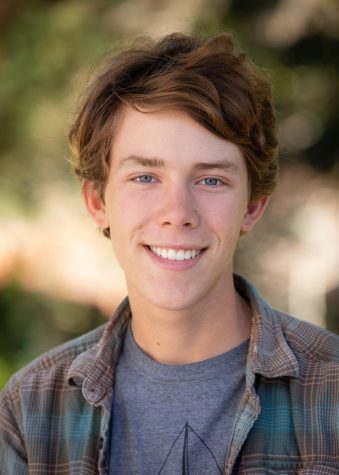High School-Then vs. Now
January 23, 2023
Although the youth of each generation is fleeting, there is much to learn from the prior experiences of those whose footsteps we walk in, whether it is Trish McHale’s experiences growing up just outside of Philadelphia in the 50s and 60s, Daniel Ary’s boarding school education, Rose Steeber’s Brooklyn education, or Grant MacNaughton’s contrasting yet relatable British schooling.
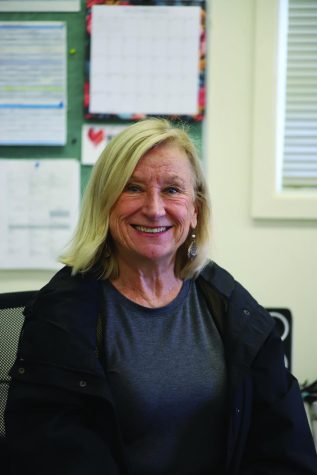
Altogether Trish McHale’s high school experience in a public school just outside of Philadelphia was radically different from ours in terms of size and scope, “School could be crowded at times,” she said—there were plenty of commonalities.
“We spent a lot of time at coffee shops during the weekend and after school,” McHale said, j
ust as many Laguna students spend time at nearby coffee shops with friends.
There were stark differences as well, however. “We walked a lot more than teenagers do now. There weren’t any soccer moms, so if you wanted to get somewhere, you usually had to walk or bike,” she said.
A quick Google search revealed that the distance from her childhood house to her school was over a mile and a half, meaning that she walked 3.2 miles each day, rain or shine, a feat which would be alien to many younger members of our community.
McHale concluded by discussing the importance of music, especially bands like The Rolling Stones and The Beatles. This high school phenomenon has not changed since the British Invasion first arrived on our shores almost sixty years ago.
Today, students listen to just as much music as their earlier counterparts, although it is much easier to overhear Travis Scott or Drake around school than the Stones.
Grant MacNaughton also discussed the importance of music. “There was this band, Roxette,” he said. “At the time, I thought that they were the embodiment of Rock ‘n’ Roll, but in reality, they were a Swedish group that sang a lot of love ballads. I loved them, though, and I always tried to pass my love onto others, even if I rarely succeeded,” he said.
MacNaughton grew up in the tourist town of Blackpool, located on the coast of Northern England. Blackpool had fallen on hard economic times during his high school years, as the once thriving tourist industry was hit hard by the prevalence and affordability of air travel to France.
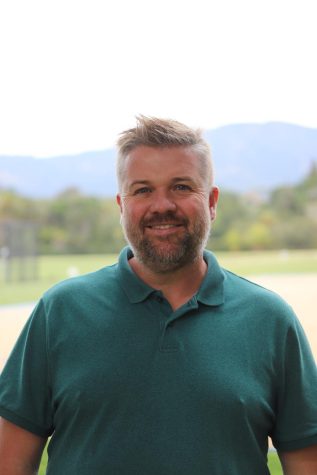
Regardless of this recession in the tourist industry, MacNaughton remembers working throughout high school. “I started with odd jobs, all of which related to the tourists. Whether it was carrying their baggage and luggage across town to their hotels or helping them around town, we gained a sense of independenc
e and self-reliability from the money we earned.”
MacNaughton explained that the British education system, which differs considerably from its American counterpart. At the time state school, the equivalent of public schools in the United States, ran until students were 16 when they could focus on vocational skills, enter the workforce, or continue with higher, “A Level” classes. “I loved school,” he said, “especially math, I had a teacher, Mr. Greenwood, who was a kind of mentor for me. He really helped me grow my passion for math.”
Despite the dramatically different systems of education, MacNaughton experience with mentors mirrors his counterparts in America both then and now.
During the weekend MacNaughton also remembers enjoying the activities which come with a tourist town, including movies and ice skating, just as many do here in Santa Barbara. He also talked about his soccer and rugby, although you can now find him cheering for the Kansas City Chiefs.
Dan Ary’s high school experience is unique for various reasons, including the fact that he attended a boarding school. “It was a different type of schooling,” he said. “It was a very academic school, we were required to take four years of Latin and English, but we also had no advanced math classes. I often found myself teaching subjects like Geometry to my peers as the teacher would often leave many students confused.”
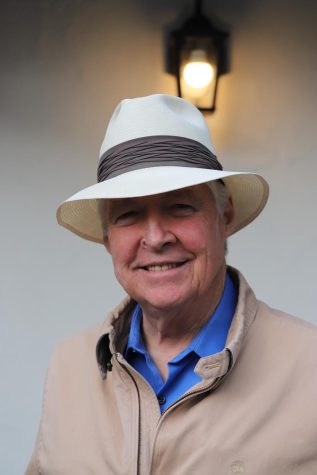
He continued to talk about the different which time has had on college applications, explaining how there was no college counselor. “Things were very different,” he said. “Everyone applied to a handful of schools, and about 80 percent got into the school of their choice with a scholarship.”
Ary also discussed the commonalities between his school and Laguna, noting how “the small class sizes here and at my high school made it hard not to be noticed.” The small class sizes also allowed teachers to be flexible with their plans and curriculum, a benefit which he values highly about Laguna.
When asked about recreational activities in high school and the community they created, Ary responded that “We played a lot of pool in high school, but not much T.V as the school had forbidden it, but that led to us getting to know each other better through the time we spent. The community was so tight we were like a family.”
Rose Steeber and Dan Ary’s high school experiences were somewhat similar in several ways, even though Steeber’s public school in Brooklyn, New York was much larger than his boarding school.
Like Ary, she described the environment as “very scholarly” in academic classes, particularly in English and Latin. “I had one English teacher, in particular, Ms. Berman,” she said “She was my AP English teacher for what would now be AP Lit, but at the time, we only had one English class. She had more confidence in me than I had in myself, even going as far as to threaten to sign me up for the AP test if I didn’t do it myself. I ended up getting a five, and her faith in me is something that I will always remember.”
On the weekend, Steeber worked in a grocery store, part-time, 20 hours a week for five years, eventually becoming the store’s highest-paid part-timer. Like most students at Laguna, she reported that “My interests in high school drove me.” In Particular, she said that “I loved history and reading the true classics, as well as the class discussions which accompanied them,” a passion which now passes down in her Latin classes.
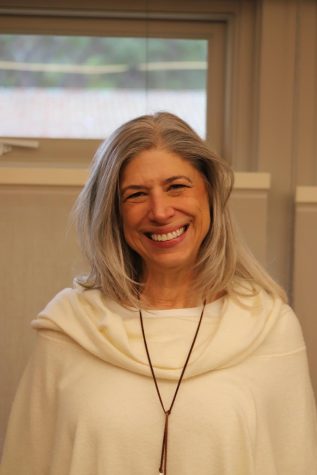
Although much has changed since these teachers attended high school, many similarities have held steady over the past 60-plus years. These enduring similarities include simple things like ice-skating, going to the movies or a coffee shop with friends after school to the important and meaningful connections with teachers which is critical to high school, both then and now. Although time may make superficial changes to the ways in which these connections are formed, such as the rise of the internet, their importance never fades.













